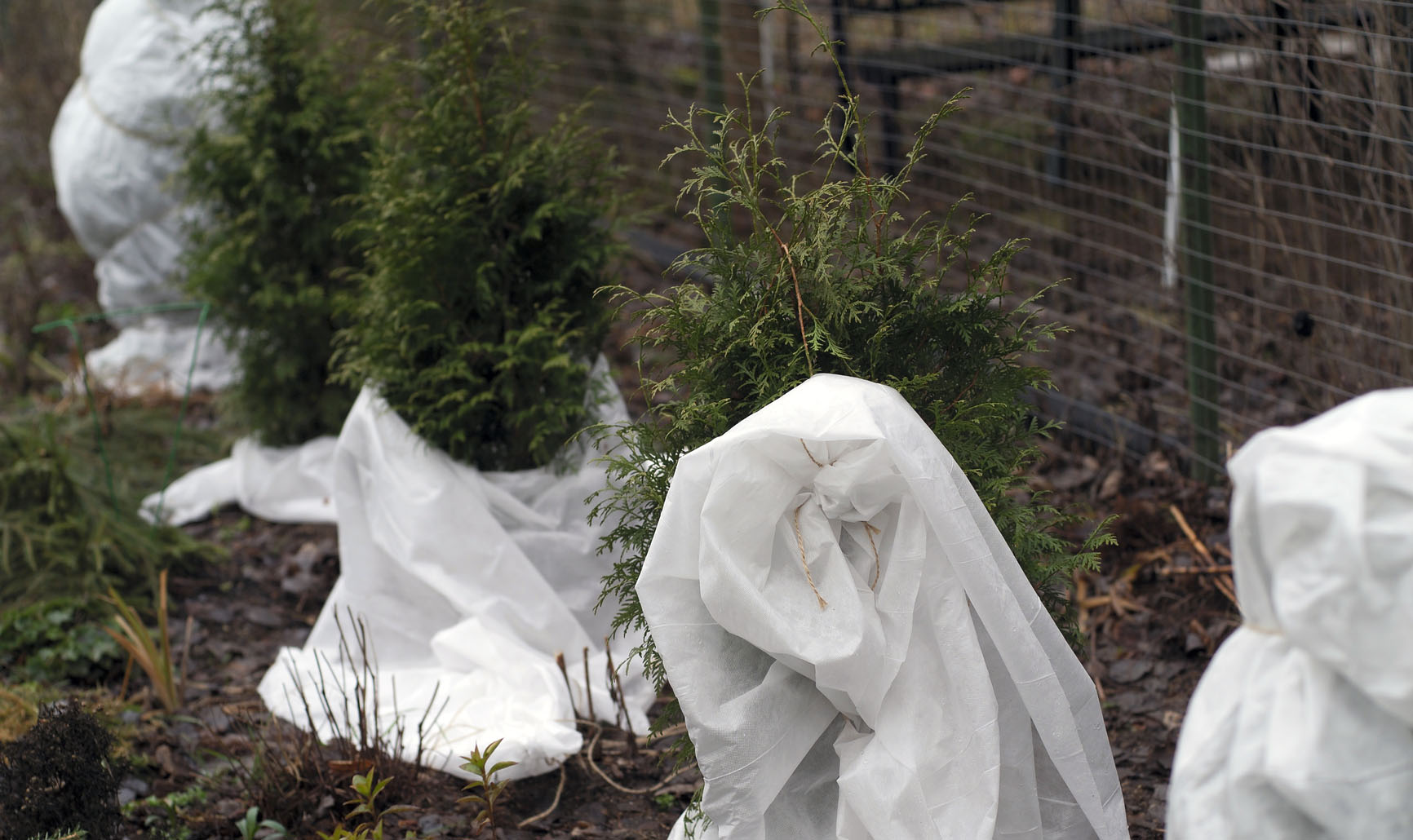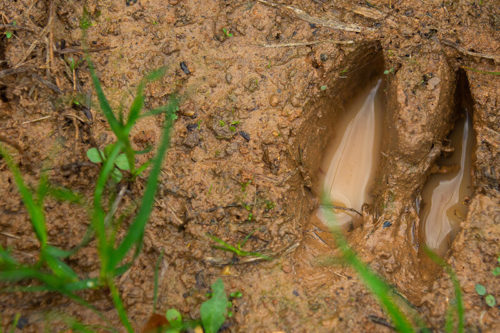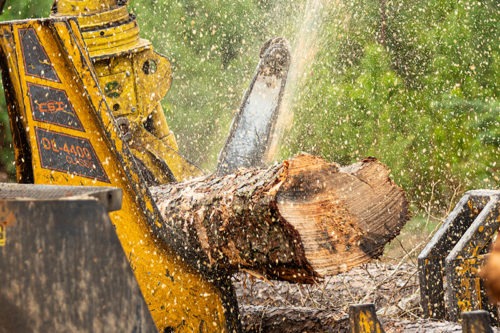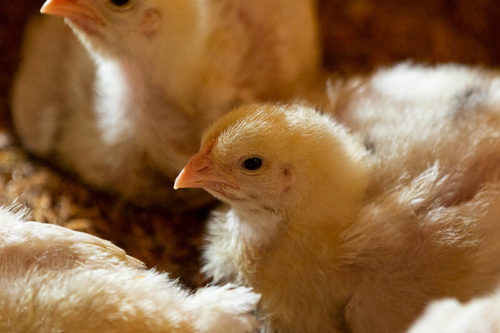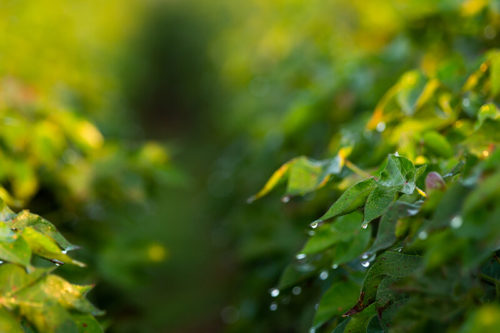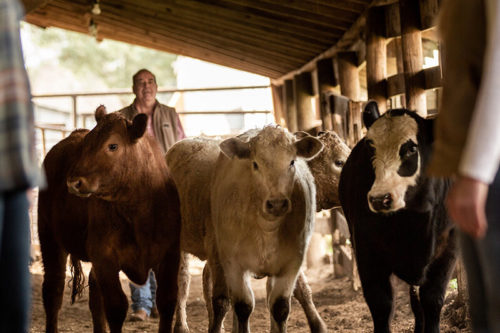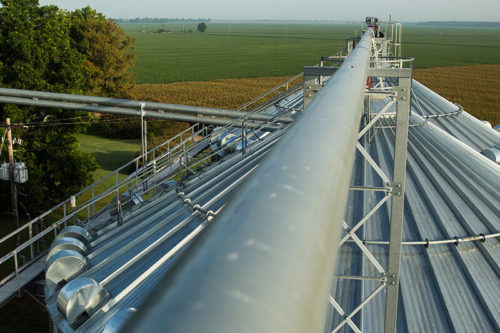How to Prepare Your Garden for Freezing Temperatures
The climate is predictably unpredictable in our part of the country. Each year we hope to avoid winter weather whiplash, but in January, one day it may be 70 degrees outside and then 23 degrees the next.
The ice storm of February 2021 brought record lows to Louisiana and Mississippi. In addition to shivering temperatures, the cold front brought a dangerous amount of snow and sleet.
Tips for Winter Garden Protection
Was your garden prepared for precipitation and single digits? This type of weather event could happen again, and the change can put a lot of stress on your garden. So, in order to preserve some of your hard work and prized plants, we have some tips for protecting your garden from severe cold and ice.
1. Bring Your Pots Inside
This may seem intuitive, but it bears repeating: bring those pots and planters inside! For example, if you have a potted plant that usually stays outdoors, you can avoid it becoming damaged by temporarily bringing it indoors.
2. Know Your Vegetables
Some winter vegetables such as kale, collards and cabbage can endure a hard freeze. While others cannot handle frozen temps. It’s important to know which ones can endure winter weather and which cannot. If possible, vegetables that thrive in a warmer climate should be harvested prior to harmful winter weather.
3. Spray Fruit Trees and Bushes
If your fruit trees or shrubs are budding, you can protect them by spraying them with water. If they’re wet, the hydrogen bonds that form ice during a freeze release a small amount of heat that is then locked in with the buds. This ice will also help protect them from wind and sleet.
4. Covers Your Plants
Coverings can help protect your plants, but they can only help to a certain point. When you use covers, make sure that they extend all the way to the ground in order to trap any ground heat. Covers cannot properly protect against extremely cold temperatures, but they can help protect against sleet and wind.
If you have very prized plants that you cannot move indoors, consider using multiple layers of covers on a particular plant. Like layering winter clothing, it can provide some extra warmth and protection, but avoid creating too much extra weight on top of the plant.
5. Don’t Forget the Fish
Do you have a koi pond? Make sure your koi stay safe and healthy through a winter freeze. First, adjust their feeding schedule. The digestive systems of koi slow down when temperatures fall. Do not feed them if the water is below 41 degrees. Also, make sure the pond water is moving with the use of an aerator. If the cold snap will last long enough to freeze the pond completely solid, move the koi inside.
Southern AgCredit Connects People With Land They Love
Don’t panic! If you lose any plants during a freeze, keep in mind that even master gardeners lose plants every season. One of the best things about gardening is the ability to experiment and add new types of shrubs, flowers, trees and vegetables to your yard.
If you’re a nature enthusiast and are thinking of purchasing land in the country, Southern AgCredit is an experienced land bank that finances life outside the city limits. Learn more about our loans for country homes and recreational land or contact a loan officer near you.

